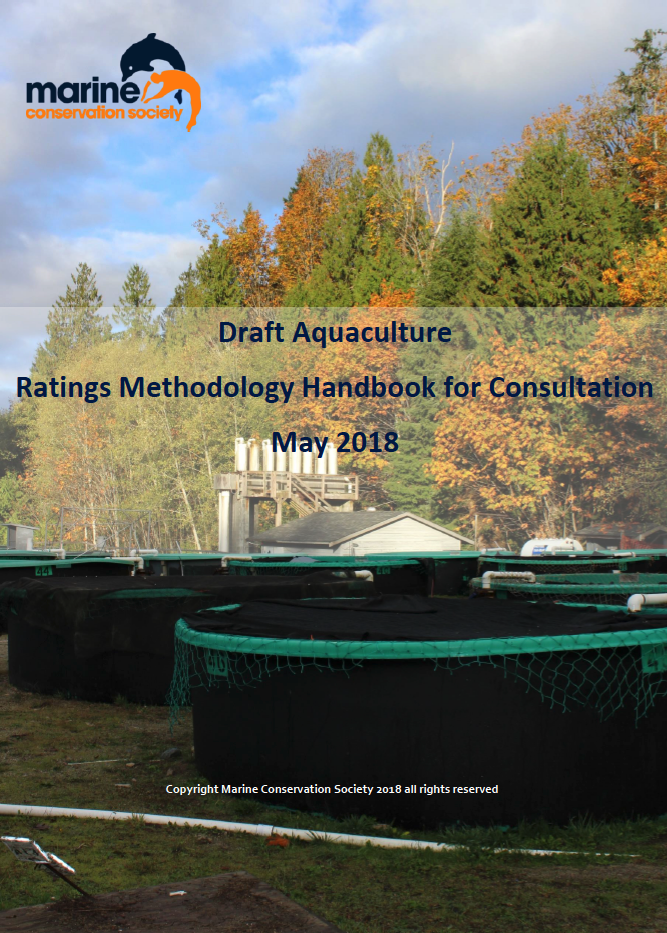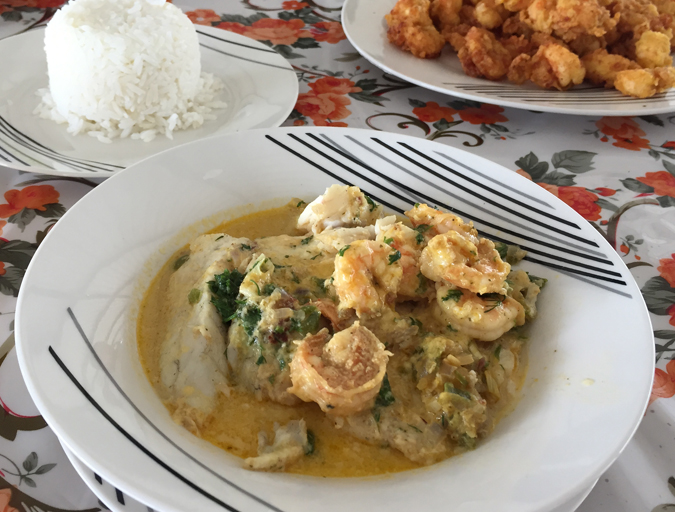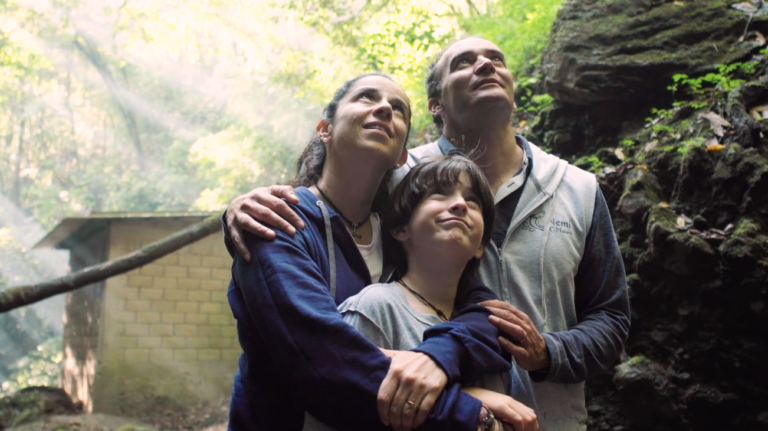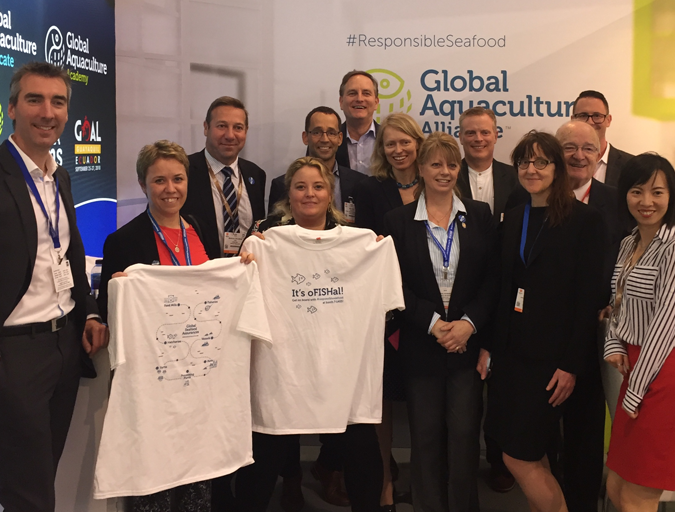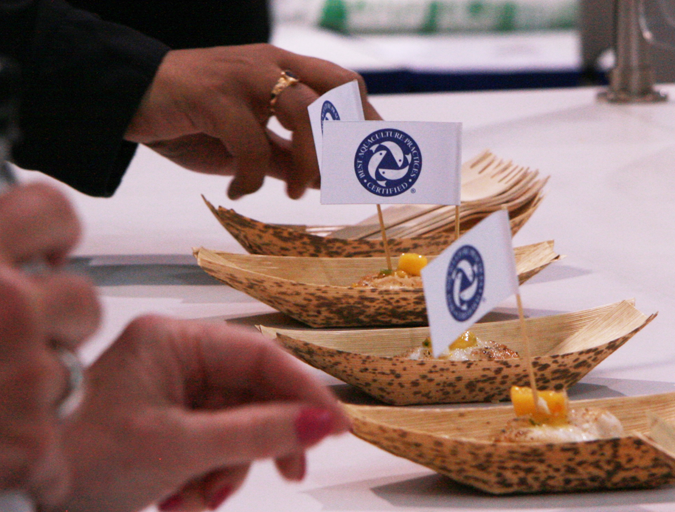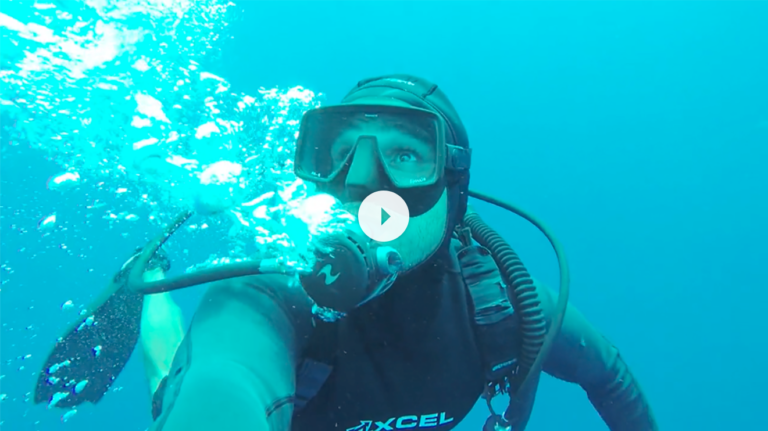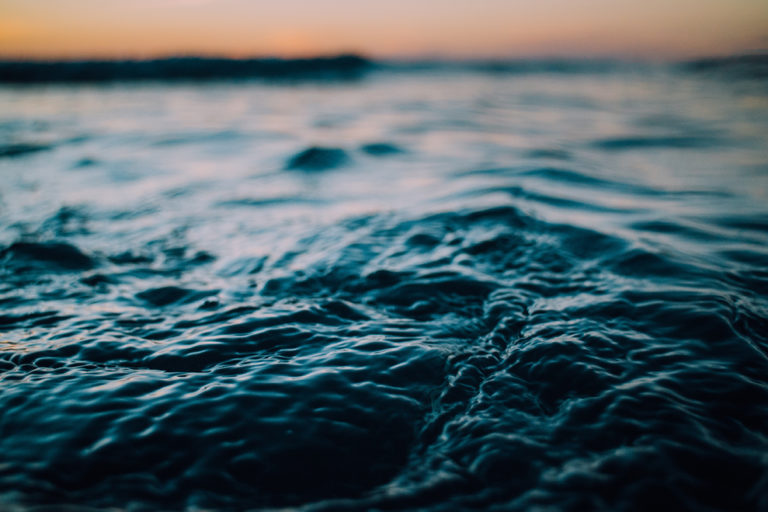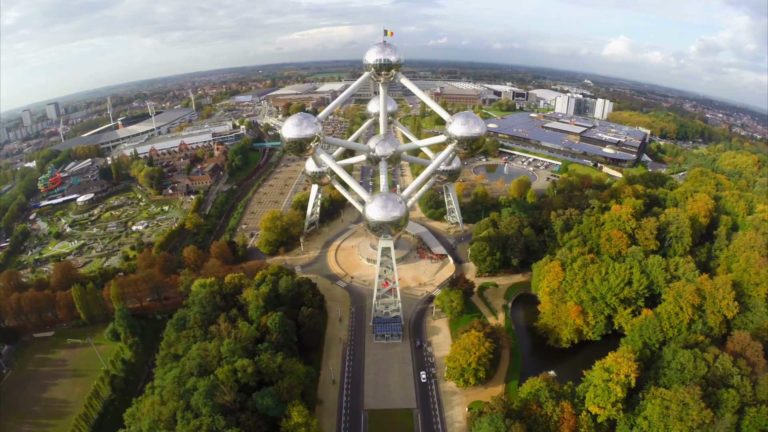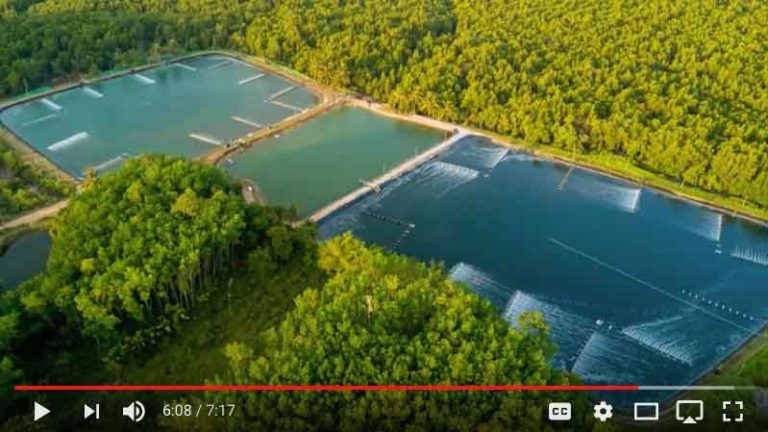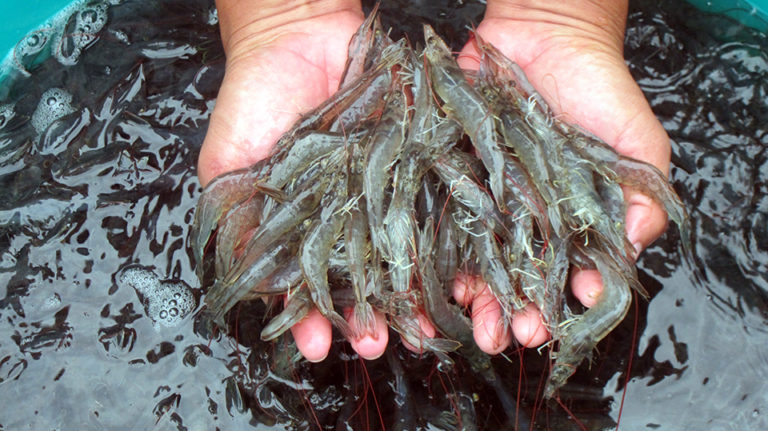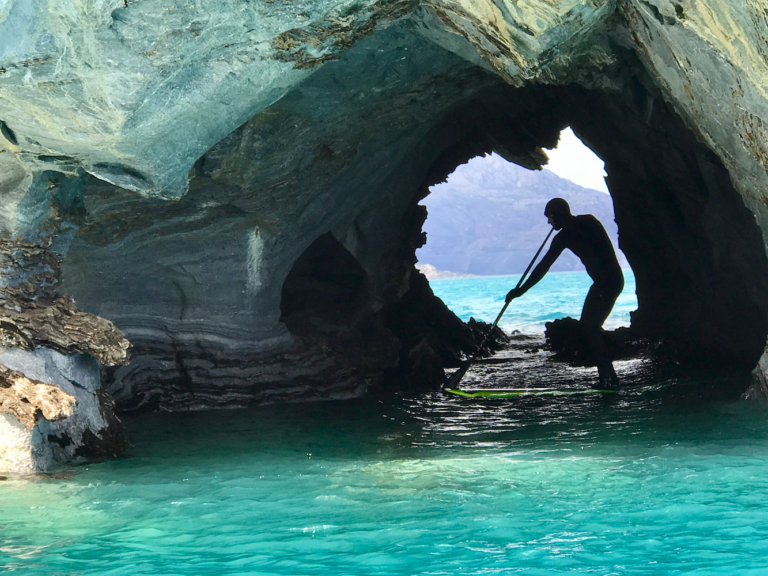
Moving Fish Farming Forward One Conversation at a Time
At the Global Aquaculture Alliance, we believe fish farming is part of the solution to the growing population’s protein predicament. Our mission is to promote responsible aquaculture practices through education, advocacy and demonstration. And, while this future-of-food topic resonates with almost everyone (we all have to eat, right?), we’re always interested to learn how aquaculture

